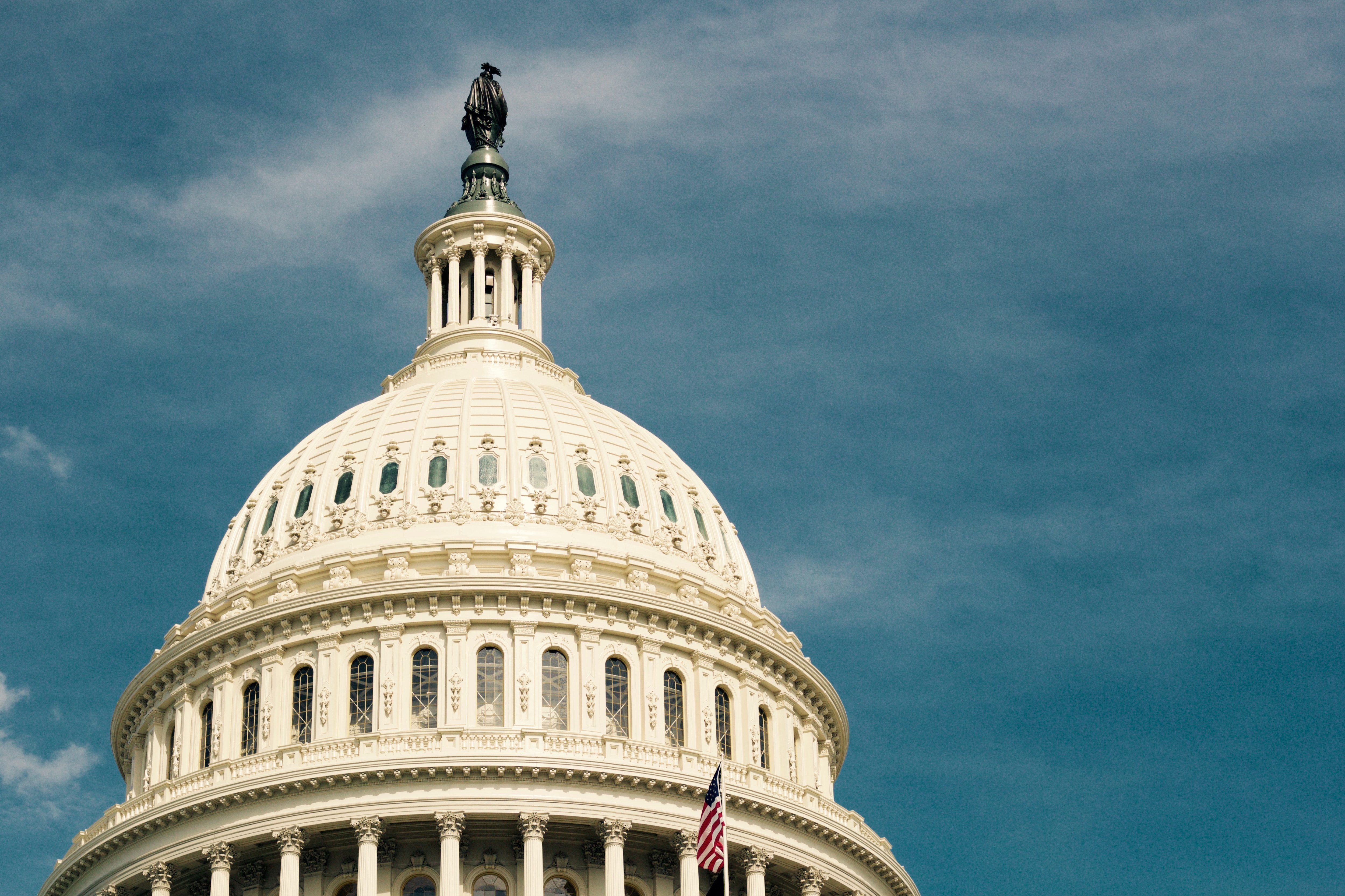The fiduciary rule, explained in an earlier blogpost, makes investment advisors fiduciaries when they provide services to a plan or to an IRA investor. Here is a super-quick summary of some key points:
- A fiduciary must act in the best interest of participants.
- It is a prohibited transaction for a fiduciary to receive income from plan assets, but there are exemptions to allow advisors to get paid.
- It’s a well-intentioned rule but horribly complicated, and perhaps counter-effective in certain situations.
Various lawsuits have been filed against the rule, and recently, the Fifth Circuit Court of Appeals, covering Louisiana, Mississippi, and Texas, determined that the rule is impermissible. Technically, that means that the rule is invalid in that Circuit (in fact, other courts have upheld the rule, notably the 10th Circuit Court of Appeals). So we have a split in the courts, which might eventually work its way to the Supreme Court. Adding to the confusion, the DOL, based on input from the Trump administration, has indicated it is not enforcing the rule while it reviews it (yes it is reviewing its own rule).
So… wow. An already horribly complicated situation is now thrown into total confusion, and will remain there until… maybe the Supreme Court will sort it out, but maybe not, and maybe the DOL will withdraw or rewrite it. Fortunately, it doesn’t impact our plan sponsors that much; it’s mostly causing advisors headaches. But… confusion is rarely a good thing, and I can report that we have lost one client due to the rule – back when the rule first came out, his brokerage firm over-reacted and decided to issue an edict that their clients had to go to a level-fee arrangement, which is “ok” under the terms of the rule (and under which they were operating anyway). Unfortunately they did so with a horrendous communication, which culminated in language to the effect of “we will charge you between 0.25% and 3% per year.” He was actually paying the least amount possible, but took offense at signing anything that appeared to allow the upper limit… this led to a whole series of misunderstandings about fees and investment gains and ultimately he took his business elsewhere… probably paying more in the process.
Other related posts:
The New Fiduciary Rule – What’s the Big Deal?

